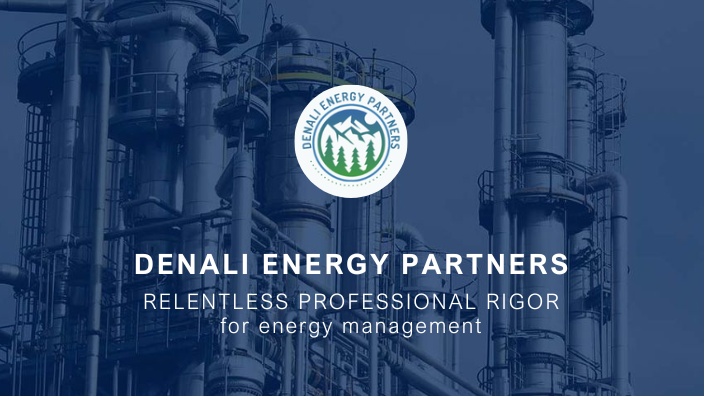New Technologies Combined Cycle Development
The development of new technologies in combined cycle systems represents a significant advancement in the field of energy production. As the demand for efficient and sustainable energy solutions continues to grow, the integration of innovative technologies in combined cycle power plants offers promising opportunities to enhance performance, reduce emissions, and optimize resource utilization. This introductory exploration delves into the latest advancements and their potential impact on the energy sector, highlighting the importance of technological innovation in meeting future energy needs.
Development of Combined Cycle New Technologies
The development of new technologies in combined cycle power plants represents a significant advancement in the energy sector. These technologies aim to enhance efficiency, reduce emissions, and optimize the use of resources. By integrating gas and steam turbines, combined cycle systems can achieve higher thermal efficiency compared to traditional power plants. Recent innovations focus on improving turbine materials, incorporating advanced cooling techniques, and utilizing digital monitoring systems to optimize performance. Additionally, the integration of renewable energy sources, such as solar and wind, with combined cycle plants is being explored to further reduce the carbon footprint. These advancements not only promise to meet the growing energy demands but also align with global sustainability goals, making combined cycle new technologies a pivotal area of development in the pursuit of cleaner and more efficient energy solutions.
Development of New Technologies in Combined Cycle Systems
The development of new technologies in combined cycle systems has significantly advanced the efficiency and sustainability of power generation. By integrating both gas and steam turbines, these systems maximize energy output from the same fuel source, reducing waste and emissions. Recent innovations focus on enhancing turbine materials, improving heat recovery processes, and incorporating digital monitoring systems to optimize performance. These advancements not only contribute to lower operational costs but also align with global efforts to transition towards cleaner energy solutions. As research continues, the potential for even greater efficiency and reduced environmental impact in combined cycle systems remains promising.




